Comments / Questions (298)
![]() Yvonne Olovsson wrote:
Yvonne Olovsson wrote:
Ja vet att de stickas räta från rätsidan och aviga från avigsidan. Men va stickar man innan och efter för maskor. Det står ju inte är ju bara som ett torn i mitten
17.08.2016 - 14:28DROPS Design answered:
Hej. De andra maskorna stickar du som tidigare varv. Anledningen till att vi skriver diagrammen på detta sätt är för att visa att flätorna i mitten vrids på vart sjätte varv och de på kanterna på vart fjärde varv. Lycka till!
18.08.2016 - 12:30
![]() Yvonne Olovsson wrote:
Yvonne Olovsson wrote:
Mösterdiagram M2 och M3 det är ju först 4 varv sen 2 varv är det som en topp med rutor i mitten men vad stickar jag för maskor innan och efter dom. Yvonne
17.08.2016 - 13:44DROPS Design answered:
Hej. De stickas rm från rätsidan, am från avigsidan (se teckenförklaringen). Lycka till!
17.08.2016 - 14:22Julie Carrigan wrote:
Would you suggest blocking before sewing the pieces together?
04.08.2016 - 01:23DROPS Design answered:
Dear Mrs Carrigan, it may be always a good idea to block pieces before sewing them tog. Happy knitting!
04.08.2016 - 10:24
![]() Åse Westlye wrote:
Åse Westlye wrote:
Forstår ikke rutediagrammet på mønsteret. Hvorfor er det to ruter mer på M2 og M3 der hvor det er den store fletten med 12 m ? Skal jeg ikke flette alt på samme omgang?
24.06.2016 - 14:50DROPS Design answered:
Hej Åse. Nej, der er to pinde mere mellem hver flet i midten i forhold til dem i siderne.
27.06.2016 - 16:36
![]() Daphne Eves wrote:
Daphne Eves wrote:
I am working on the front where I slip stitches onto a stitch holder mid front for the neck. The stitches that I slip onto the stitch holder are they the garter stitches from the buttonhole band and the button band or some other stitches?
19.06.2016 - 04:42DROPS Design answered:
Dear Mrs Eves, correct, the sts you place on a st holder for neck are the 6 sts from front band (= all front band sts in 1st size) + 1-2 (3-3) more sts in the other sizes. Happy knitting!
20.06.2016 - 08:49Heather wrote:
Your sizes go from 1 - 3 months to 6 - 9 months, I want to make 3 - 6 months how would I best adjust the pattern, thanks
11.06.2016 - 14:18DROPS Design answered:
Dear Heather, we are unfortunately not able to adapt each pattern to each individual request. You can adjust the pattern with the help of a similar in the requested size, the measurement chart and your tension - you are welcome to contact your DROPS store for any further personnal assistance. Happy knitting!
13.06.2016 - 08:47Cindy Jackson wrote:
I am about to start the front and would like to know if you could explain what it means M.2 (32 sts), P14, then M.3 (=32 sts) etc on the front piece please.
07.06.2016 - 13:26DROPS Design answered:
Dear Mrs Jackson, you will work the 32 sts in M.2 as in diagram (1 square = 1 st x 1 row) and the 32 sts in M.3 as in diagram, so that you will have for front piece: 1 edge st, M.1 over the next 5-18 sts (see size), the 32 sts in M.2, P14, the 32 sts in M.3, M.1 over the next 5-18 sts and 1 edge st. Happy knitting!
07.06.2016 - 13:37
![]() Sylke Furkert wrote:
Sylke Furkert wrote:
Hallo liebes Drops-Team, Sehe ich das richtig, dass die kleinen Zöpfe in jeder 4. Reihe und die großen Zöpfe in jeder 6. Reihe verkreuzt werden? Liebe Grüße Sylke
27.04.2016 - 07:55DROPS Design answered:
Liebe Sylke, ja genau so ist es.
28.04.2016 - 09:53
![]() Kadi wrote:
Kadi wrote:
Heippa Olen tekemässä makuupussin takakappaletta ja työni jäi siihen kunnes tulee lisääminen hihoja varten. Millä tavalla lisätään tässä ohjeessa ? Ja voisitteko vähän avata minulle tätä kohtaa ? 2. krs (eli jokaisen krs:n loppuun) seuraavasti: 2-2-3 (3-3) x 4 s, 1-1-1 (1-3) x 8 s, 1-1-1 (2-1) x 10 s ja 1 x 12-14-15 (15-16) s = 144-154-172 (196-218) s työssä. Terveisin Kadi ps teen tuon pienimmän koon eli silmukoita pitäisi olla lopussa 144s
07.04.2016 - 13:58DROPS Design answered:
Hei! Ohjeen yläosasta, tarvikkeiden vierestä, löytyy kyseisen ohjeen videovalikko. Klikkaa valikkoa ja valitse video "Silmukoiden luominen työn sivuun". Tästä näet miten silmukat luodaan. Luot kumpaankin reunaan 4 s 2 kertaa, 8 s kerran, 10 s kerran ja 12 s kerran. Työhön tulee siis 144 s.
13.04.2016 - 15:56
![]() Penelia wrote:
Penelia wrote:
Bonjour Pouvez vous me dire comment bien mesurer l'ouvrage lorsque c'est indiqué en cm. Parce que sur mon modèle 6 - 9 mois c'est indiqué de rabattre toutes les mailles à 66 cm. C'est ce que j'ai fait mais maintenant en prenant les mesures j'arrive à 70 cm. Donc soit j'ai mal mesuré soit je mesure pas au bon endroit ( sur le côté ou au milieu ?)
25.03.2016 - 13:02DROPS Design answered:
Bonjour Penelia, les mesures sont prises du rang de montage jusqu'au niveau des épaules/manches - cf également schéma des mesures. Bon tricot!
25.03.2016 - 14:05
Snuggly Bunny#snugglybunnybuntingbag |
|||||||||||||||||||
 |
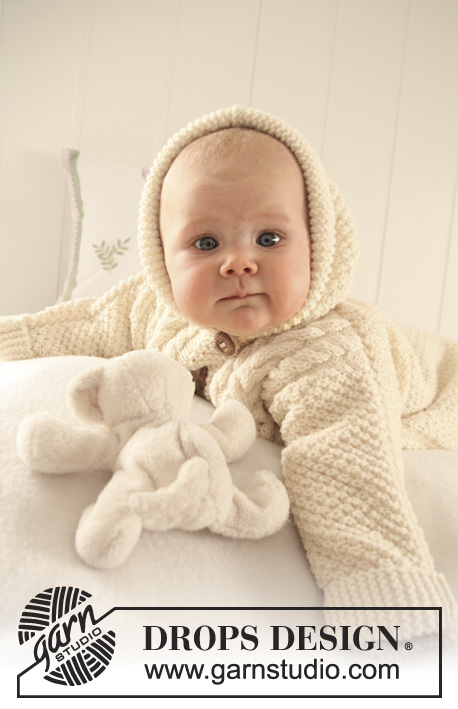 |
||||||||||||||||||
Knitted bunting bag in moss st with textured pattern and cables in DROPS Merino Extra Fine
DROPS Baby 19-10 |
|||||||||||||||||||
|
BUNTING BAG: GARTER ST (back and forth on needle): K all rows. PATTERN: See diagram M.1 to M.3. Diagrams show the pattern from RS. First row in M.2 and M.3 = RS. HOLE FOR SEAT BELT IN CAR SEAT: You can make a hole on front and back piece for car seat belt. Make the hole when piece measures approx 16-20-23 (28-33) cm (or required measurements) by casting off the middle 10 sts on needle. On next row cast on 10 new sts over cast off sts and continue as before. BUTTONHOLES: Make buttonholes on right front band. 1 buttonhole = K tog 2nd and 3rd st from mid front and make 1 YO. Make buttonholes when piece measures: Size 1/3 months: 25, 30, 35, 40, 45 and 50 cm. Size 6/9 months: 28, 34, 41, 47, 54 and 60 cm. Size 12/18 months: 30, 38, 46, 54, 62 and 70 cm. Size 2 years: 37, 44, 51, 58, 65, 72 and 79 cm. Size 3/4 years: 40, 48, 57, 65, 74, 82 and 91 cm. -------------------------------------------------------- -------------------------------------------------------- BUNTING BAG: The bag is worked in 2 parts from bottom edge and up and sewn tog afterwards. Work each part back and forth on circular needle in order to fit in all sts. NOTE: If hole for seat belt is required – see above. BACK PIECE: Cast on 68-74-82 (86-94) sts (includes 1 edge st each side) on circular needle size 4 mm with Merino Extra Fine. Work GARTER ST - see above – for 4-4-4 (5-5) cm – adjust to a row from WS. P 1 row from WS and continue in M.1 with 1 edge st in garter st each side (beg with K1 after edge st). When piece measures 44-53-62 (71-82) cm cast on new sts for sleeves each side. Cast on at the end of every row as follows: 4 sts 2-2-3 (3-3) times, 8 sts 1-1-1 (1-3) times, 10 sts 1-1-1 (2-1) times and 12-14-15 (15-16) sts 1 time = 144-154-172 (196-218) sts on needle – NOTE: incorporate inc sts in M.1 as you go along - when all sts have been cast on continue M.1, but with 10 sts each side in garter st (= bottom edge of sleeves). When piece measures 54-64-74 (84-96) cm cast off the middle 16-18-22 (24-24) sts for neck and complete each shoulder/sleeve separately. Cast off 1 st on neckline on next row = 63-67-74 (85-96) sts left on needle (= shoulder + sleeve). Cast off when piece measures 56-66-76 (86-98) cm. Repeat on the other side. FRONT PIECE: Cast on 68-74-82 (86-94) sts and work garter st for 2-2-2 (2.5-2.5) cm, then work next row as follows from RS: K 12-13-14 (14-16) sts, * K2 tog, 1 YO, K 12-13-15 (12-13) sts *, repeat from *-* a total of 3-3-3 (4-4) times, K2 tog, 1 YO and finish with K 12-14-15 (14-16) sts (= 4-4-4 (5-5) buttonholes). Continue in garter st until edge measures 4-4-4 (5-5) cm - adjust to a row from WS. P 1 row from WS, AT THE SAME TIME inc 22 sts evenly = 90-96-104 (108-116) sts. Work next rows as follows from RS: 1 edge st, M.1 on the first 5-8-12 (14-18) sts (beg with K1 at the side to match pattern at the side to back piece), M.2 (= 32 sts), P 14 sts, M.3 (= 32 sts), M.1 on the next 5-8-12 (14-18) sts (adjust so M.1 finishes with P1 at the side before edge st to match pattern to back piece) and finish with 1 edge st. Continue in pattern like this with M.1, M.2 and M.3 and 14 sts in reverse stocking st mid front. When piece measures 23-25-28 (33-37) cm slip the first 42-45-49 (51-55) sts on a stitch holder = 48-51-55 (57-61) sts left on needle. RIGHT FRONT PIECE: = 48-51-55 (57-61) sts. Continue in pattern as before, but work the 6 sts towards mid front in garter st for front band - REMEMBER BUTTONHOLES - see above! When piece measures 44-53-62 (71-82) cm cast on new sts for sleeve at the end of every row towards the side as described for back piece = 86-91-100 (112-123) sts. When all sts have been cast on continue in pattern as before, but work the 10 sts on sleeve edge in garter st. When 1 row remain before piece measures 51-61-71 (80-92) cm – adjust so this row is from WS - dec 4 sts on the cable towards mid front (i.e. dec 2 sts over cable and 1 st each side of cable). On next row from RS slip 6-7-8 (9-9) sts towards mid front on a stitch holder for neck. Cast off to shape the neckline at the beg of every row from mid front: 2 sts 2 times and 1 st 2-2-3 (3-3) times = 70-74-81 (92-103) sts left on needle (= shoulder + sleeve). Continue in pattern as before. When 1 row remain before piece measures 56-66-76 (86-98) cm dec 7 sts evenly over sts in cables in M.3 = 63-67-74 (85-96) sts. On next row cast off all sts. LEFT FRONT PIECE: Slip sts from stitch holder back on needle and pick up 6 sts behind the 6 garter sts on right front band = 48-51-55 (57-61) sts. Continue as described for right front piece but mirrored – NOTE: do not make buttonholes on front band. ASSEMBLY: Sew shoulder/over arm seams. Sew seam under sleeves and down along the side inside 1 edge st. Fold 5 cm on each sleeve edge towards RS and fasten with a couple of sts. Sew 4-4-4 (5-5) buttons at bottom of bunting bag and sew remaining buttons on left front band. HOOD: Pick up from RS approx 58 to 78 sts round neck (includes sts from stitch holders at front) on circular needle size 4 mm with Merino Extra Fine. K 1 row from WS, then K 1 row from RS, AT THE SAME TIME inc evenly to 85-89-93 (97-101) sts. Continue in M.1 with 6 garter sts each side - AT THE SAME TIME cast on 6 new sts at the end of the next 2 rows for folding edge = 97-101-105 (109-113) sts – work these sts in garter st. Continue in M.1 with 12 garter sts each side until hood measures 21-23-25 (27-28) cm and cast off. Fold hood double and sew tog at the top. Fold 6 garter sts round opening of hood towards RS and fasten to neckline with neat sts. |
|||||||||||||||||||
Diagram explanations |
|||||||||||||||||||
|
|||||||||||||||||||
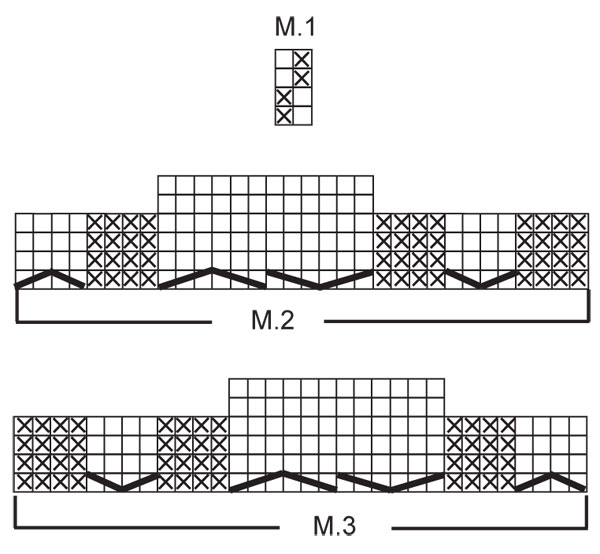
|
|||||||||||||||||||
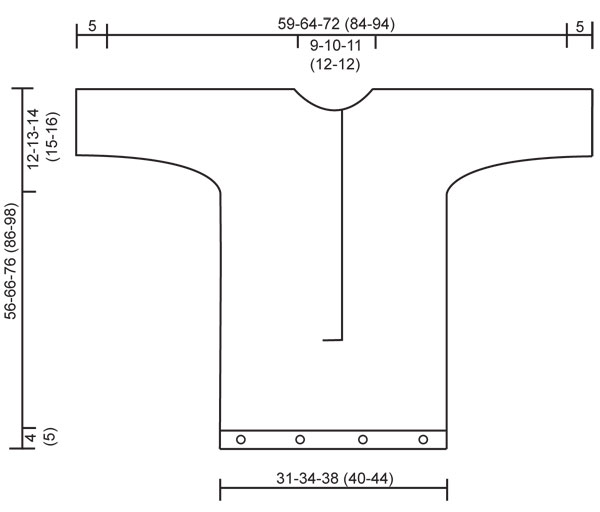
|
|||||||||||||||||||
Have you finished this pattern?Tag your pictures with #dropspattern #snugglybunnybuntingbag or submit them to the #dropsfan gallery. Do you need help with this pattern?You'll find 19 tutorial videos, a Comments/Questions area and more by visiting the pattern on garnstudio.com. © 1982-2025 DROPS Design A/S. We reserve all rights. This document, including all its sub-sections, has copyrights. Read more about what you can do with our patterns at the bottom of each pattern on our site. |
|||||||||||||||||||








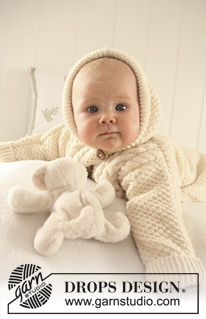



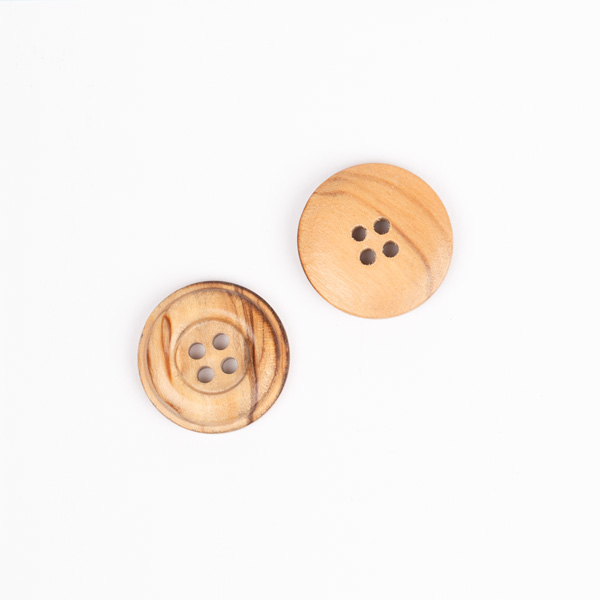

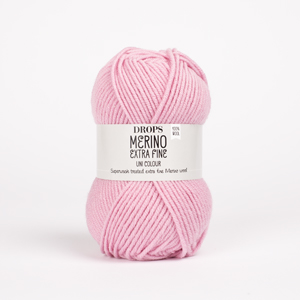


















































Post a comment to pattern DROPS Baby 19-10
We would love to hear what you have to say about this pattern!
If you want to leave a question, please make sure you select the correct category in the form below, to speed up the answering process. Required fields are marked *.